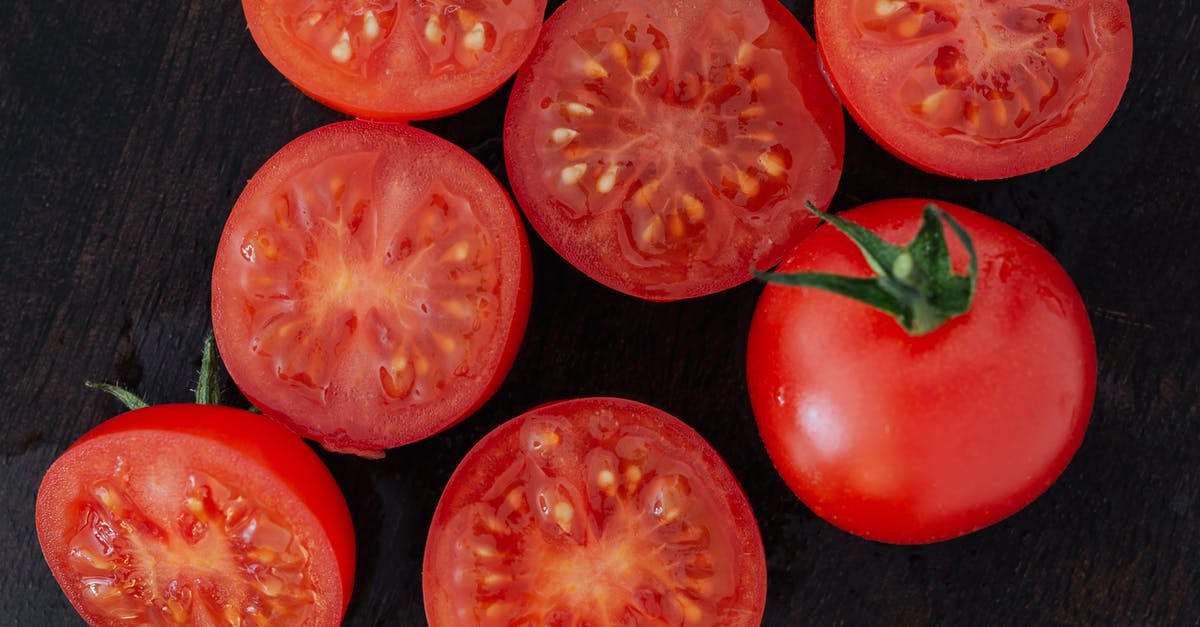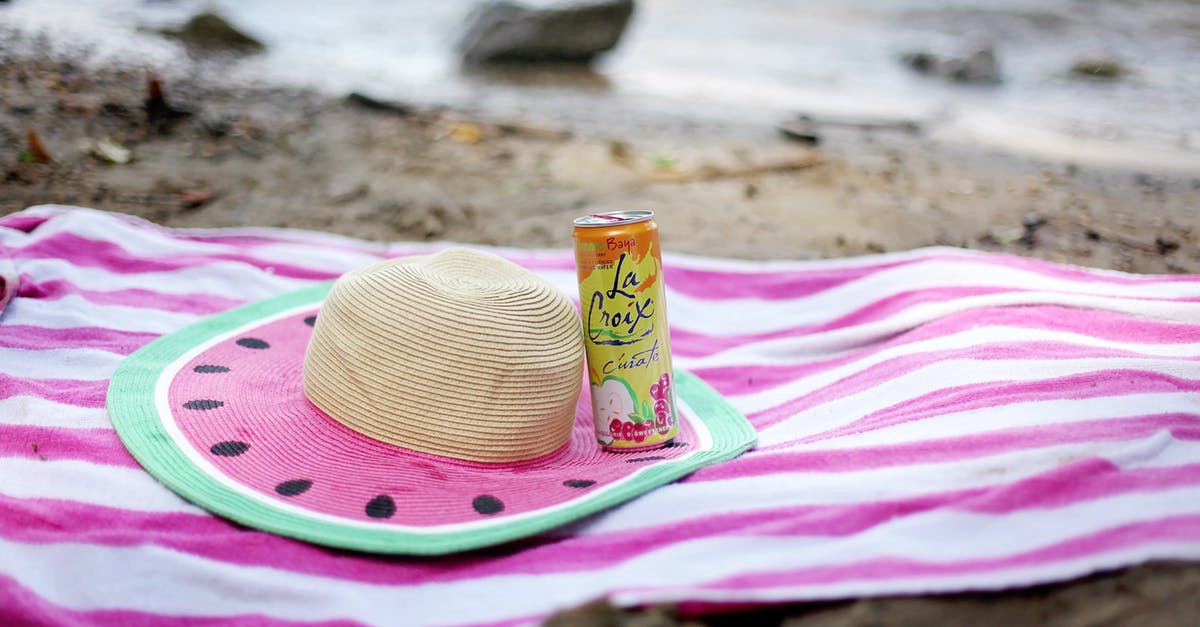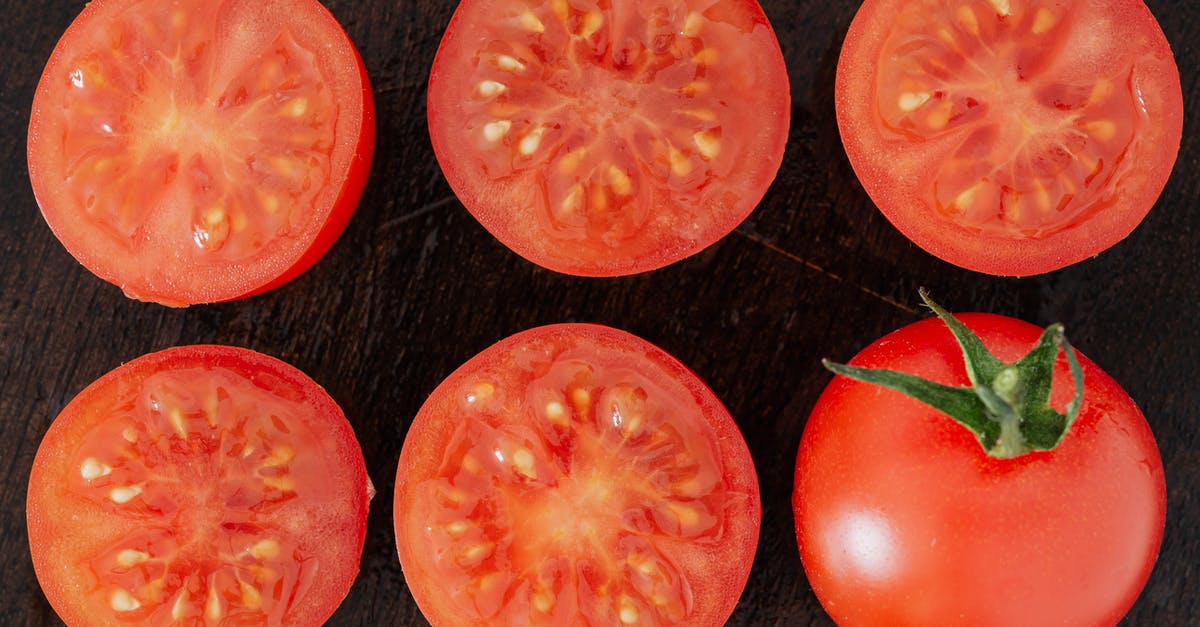What can I substitute for tomato juice?

I have a daughter who is allergic to tomatoes, but there are so many recipes calling for tomato juice. What can I use to substitute for tomato juice?
Best Answer
I agree with the people who say it depends on the recipe. I'm going to expand a little on what has already been said.
Tomatoes are acidic but slightly sweet, and of course add some red color and (depending on the juice) maybe some thickness to a sauce or broth.
Tomatoes (and their juice) can be pretty distinctive, so you shouldn't expect any substitution to come out exactly the same as the original, and depending on what you're making and whether this is a beloved family recipe you are adapting vs something you found on Pinterest that you've never had before, you may care more or less about getting to exactly that original flavor/texture/color/etc. It may go without saying, but you will want to measure the volume of your replacement liquid AFTER any adjustments have been made to it. Some recipes are pickier than others about liquid volumes.
You could start with water, vegetable broth or apple juice (or apple juice diluted with water or broth) as a base to replace your tomato juice and add some things to adjust it to make it fit what you're looking for. Using a substitute other than water will provide a new flavor basis for the recipe, using water will make other things stand out.
Another option that might need less adjustment could be commercial, prepared Polish-style borscht which is generally a broth-like beet/vegetable soup, probably available at most grocery stores that have a good International section, or a reasonable Kosher selection. You will want to check ingredients, of course, to make sure it doesn't have anything you don't want in it, and if you get a style that has vegetable pieces in it you could either strain them out or puree the whole thing.
** Adjustments **
Salt level -
- A commercially pre-prepared broth (or the borscht) will probably be a lot saltier than 100% tomato juice, but maybe similar to a tomato-y juice like v8. Either way, if you start from broth, you will probably want to significantly reduce or skip any other salt called for in the recipe.
Sweetness -
- Tomatoes aren't extremely sweet, but they are a little sweet. If you start from anything other than the juice, I would add a little bit of sugar -- maybe 1/4 - 1/2 teaspoon per cup of liquid, but you could also probably leave it out. Many dishes with tomato may also have added sugar in them to counter the acidity. If you are starting from a juice base, skip or reduce additional sugar in the recipe.
Acidity -
A pinch of citric acid (powdered crystals are available for canning or in some spice collections) is quite neutral in flavor.
Indian grocery stores also offer amchur (powdered dried green mango) which is also pretty neutral.
Slightly less neutral would be a bit of lemon juice (maybe 1 t per cup of liquid?) or vinegar (depending on which type you choose, it can have a strong effect on flavor).
Tamarind is available from many Asian markets and has a more distinctive flavor, and will also affect (darken) the color. If you're using tamarind fruit, you can get it in a number of forms, most commonly as pressed, dried pulp (usually still with the seeds) or as paste (a black, sticky substance more like a honey texture than a paste, IMO). If you use the paste, a little goes a long way, maybe just 1/4-1/2 t to a cup of liquid. If you use the pulp, soak a small chunk of it in hot water for 10-15 minutes and press it into the water. Use the resulting tamarind broth (ok if some bits of pulp get in). Use more pulp to get a stronger flavor, less for a lighter flavor. Don't soak it in more liquid than you want to end up with.
Another option from India is kokum, which is another fruit with a distinctive flavor which will also affect the color. If you can get "wet" black kokum it is easier to use than the dry kokum (and you need less "wet" than dry to get a strong flavor), but either way, soak a chunk of it in hot water using the same method as the tamarind.
Color -
If you are going for the red color, pureed roasted red peppers are a great option. These are available in tins or jars in your Italian section of the grocery store or at import food stores, or you can make them yourselves from fresh red bell pepper (capsicum). Again, they've got a distinctive flavor (although milder than tamarind or kokum). About a tablespoon of pureed red pepper per cup of liquid is probably good. This will also thicken the liquid, and of course you can add more or less to adjust the thickness.
A little bit of beet juice will also give a red color, and after cooking it is a little closer to the orangey red you expect from tomatoes. It also has a fairly distinctive flavor if you add enough to make it really red.
Thickness -
Pureed roasted red pepper, as mentioned before, will add some thickness and a distinctive flavor.
Mashed potato will add thickness without affecting flavor much. Other cooked, mashed root vegetables like sweet potato or carrot can thicken it up some but may affect flavor, color and sweetness.
Corn or potato starch are good, neutral thickeners if what you're making will be brought to a boil.
Pictures about "What can I substitute for tomato juice?"



Quick Answer about "What can I substitute for tomato juice?"
Ketchup or Catsup: In a pinch, you can substitute diluted catsup or ketchup for tomato juice in a recipe. Add one part ketchup to eight parts of water. For example, 1 tablespoon of ketchup (0.5 ounces) and 1/2 cup water (4 ounces). Ketchup, like soup, also contains sweetener and usually contains onions.What is the substitute for 1 cup tomato juice?
Basic Ingredient SubstitutionsIngredientAmountSubstitutesTomato Juice1 cup1 \xbd cup tomato sauce plus \xbd cup waterTomato Soup10 \xbe ounce can1 cup tomato sauce plus \xbc cup waterWine, redAny amountThe same amount of grape juice or cranberry juiceWine, whiteAny amountThe same amount of apple juice or white grape juice28 more rowsCan I substitute spaghetti sauce for tomato juice?
Tomato Juice Just add salt and sugar and reduce other liquids in the dish. What is this? For every \xbd cup of tomato sauce and \xbd cup of water (or other liquid in the recipe), replace with 1 cup of tomato juice.Can I use V8 instead of tomato juice?
The V8 juice is a better source of vitamins A and C, while the tomato juice is a better source of potassium and iron. A 1-cup serving of V8 juice contains 72 mg of vitamin C, 2,000 IU of vitamin A, 0.73 mg of iron and 469 mg of potassium.Can you make tomato juice from canned tomatoes?
Learning how to make tomato juice is fun and fulfilling, and the finished product is both tasty and healthy. The only ingredient required is fresh or canned tomatoes. Tomato juice can be enjoyed on its own or mixed with other vegetable juices for a refreshing drink.3 Things To Do With: TOMATO JUICE
More answers regarding what can I substitute for tomato juice?
Answer 2
Red peppers are a great substitute for tomatoes. "Ajvar" is a red pepper paste (originally from Serbia), and it works well, e.g. as a pizza sauce. Or you can easily blend or juice the peppers yourself.
Sources: Stack Exchange - This article follows the attribution requirements of Stack Exchange and is licensed under CC BY-SA 3.0.
Images: Karolina Grabowska, Harry Dona, Leah Kelley, Karolina Grabowska
